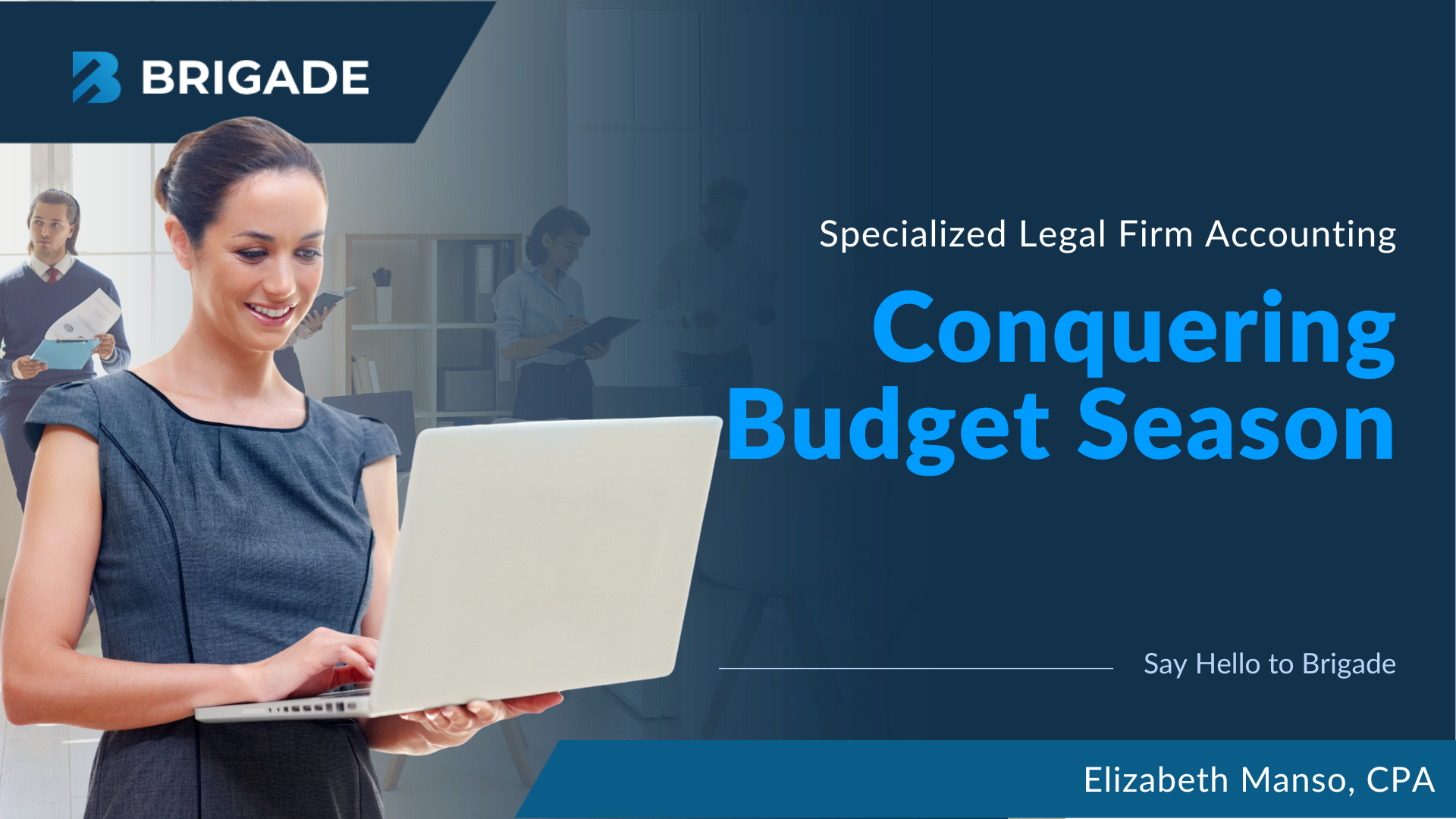
When an entrepreneur starts marketing, they may envision their customers as everyone and anyone. No surprise here. Many want to spread the word far and wide about who they are and what they can do for customers.
I love this enthusiasm, but lacking a well-defined target audience can set you back. Let’s look at the “why and how” behind defining your ideal customer.
Why zeroing in instead of spreading out makes more sense
I want you to succeed at gaining numerous, loyal customers. But believe it or not, you’re not going to achieve that goal with a mass marketing approach. After all, you’re not a big-box store, you’re a small business. If your message is generic, it will backfire. You’re missing the chance to strongly appeal to your ideal customer.
Your marketing margin of error is also small. Your time, energy, and resources are best spent appealing to your niche audience. You’ll need to get a solid handle on who is the ideal customer for your business.
Who is your ideal customer?
Your ideal customer is a business or person whose needs are met by exactly what you do and what you’re offering. Don’t go too broad with your definition. A used car dealership’s ideal customer isn’t just anyone who is in the market for a vehicle. It is likely someone who is buying their first car on their own, not someone who can afford a status symbol.
Think like your ideal customer
To answer the question, “Who is your who?” You need to see your business from your customer’s point of view and identify the journey they take to get to you. Do this by identifying:
- Their goals:What are they aspiring to achieve? Get as specific as possible.
- Their challenges:What problems are they facing and how do you provide a solution?
- How they make buying decisions: It will range from impulsive to deeply thoughtful. Are you providing them with the information they need to make a decision?
Learn from current customers
If you have clients already, look at their gender, age bracket, industry, location, and income level. Don’t be afraid to ask them why they work with you. From this, create a basic customer profile.
Some current clients may not be your ideal ones.
The kind of clients you currently have may not be same the ones you want to have in the future. You may decide to shift your offerings, just like Brigade did in 2019. When this happens, you’ll need to go through the process of figuring out who is still a good fit.
Remember: Your ideal customers are those who see the value in your products and services, and those will also help push your business in the direction you want to go. Let Brigade help you make strategic marketing decisions that maximize every dollar spent. Schedule time to talk over your 2021 planning now.
**Additional sources:
Seven Ways To Identify Your Ideal Client; 5 Steps to Identify Your Ideal Customer

